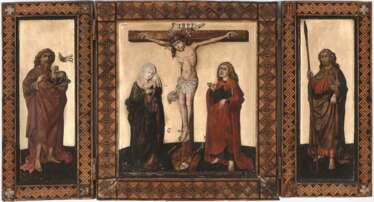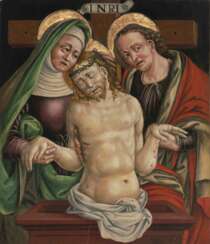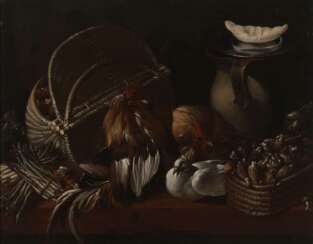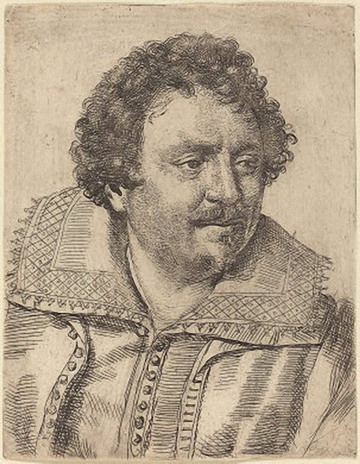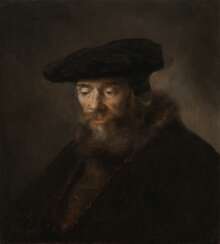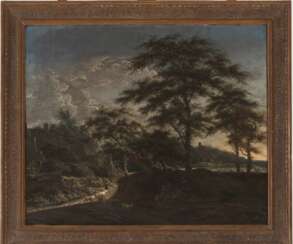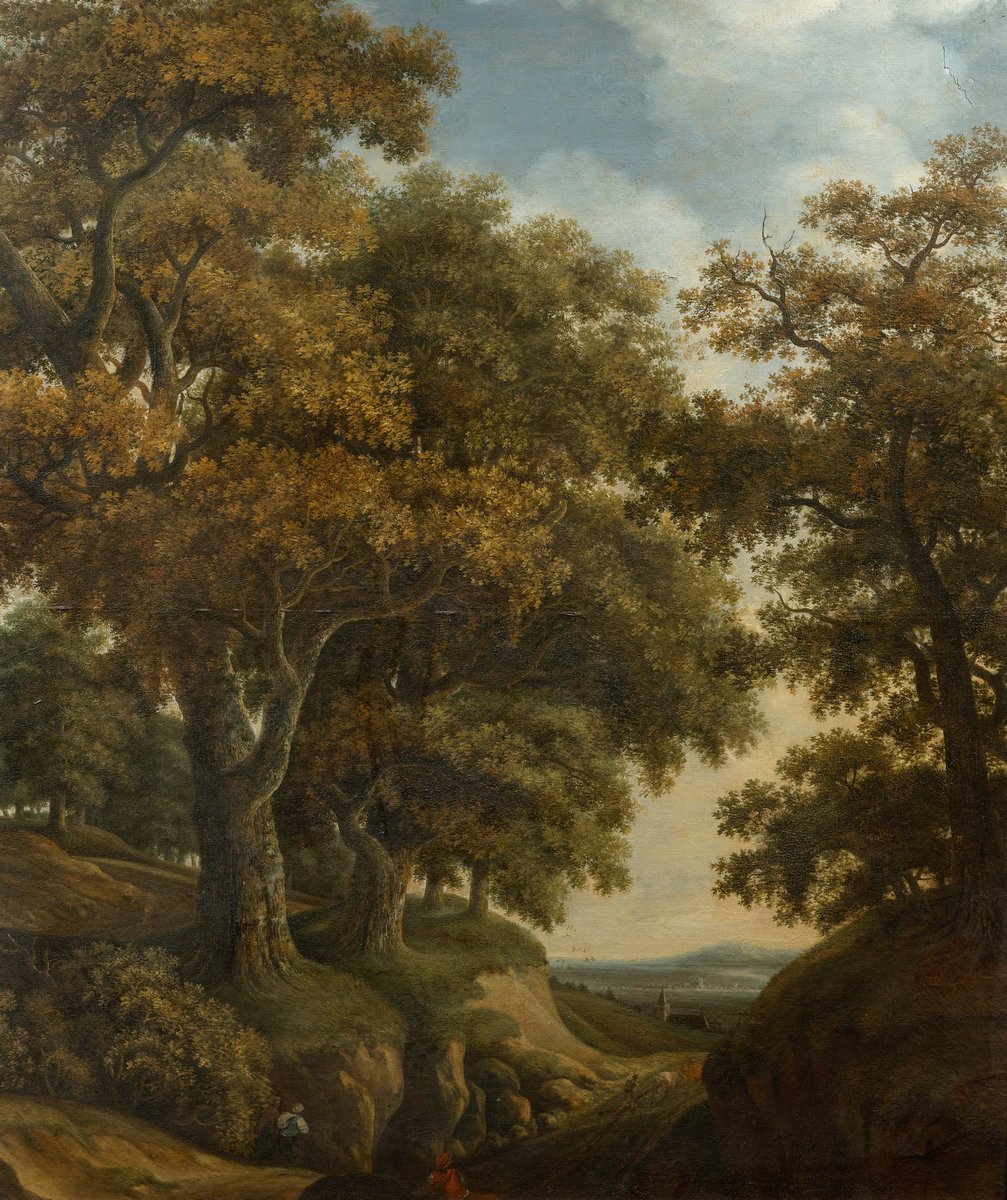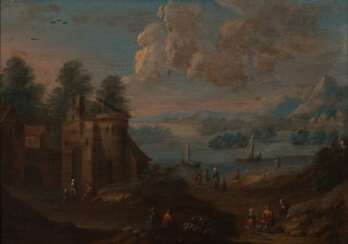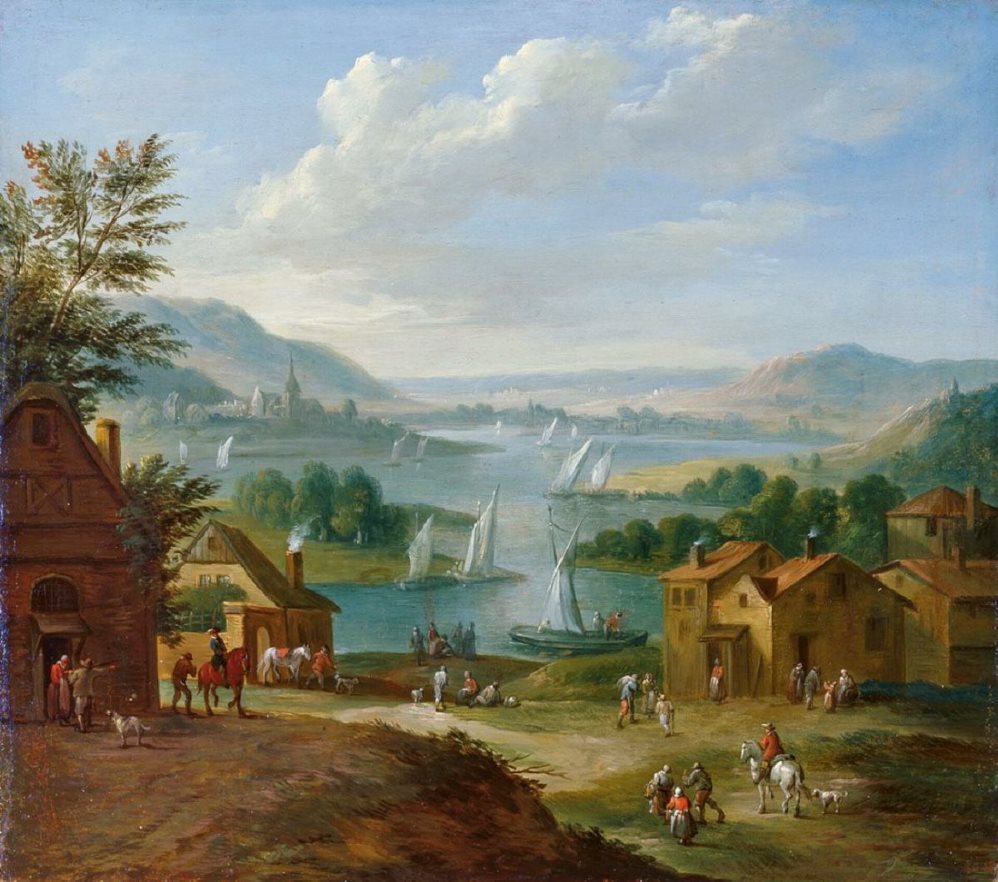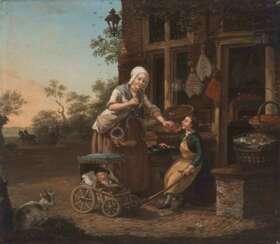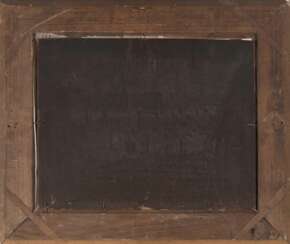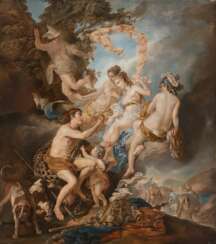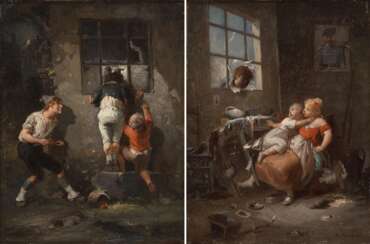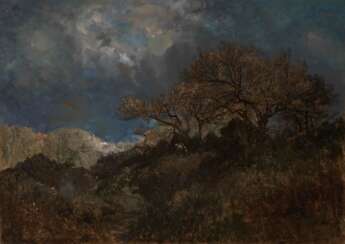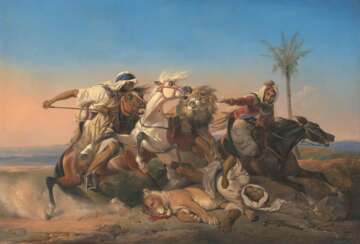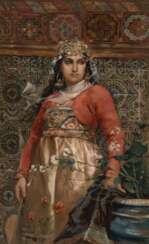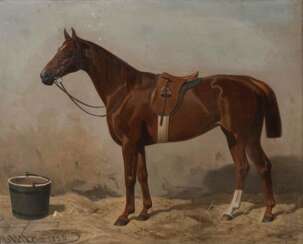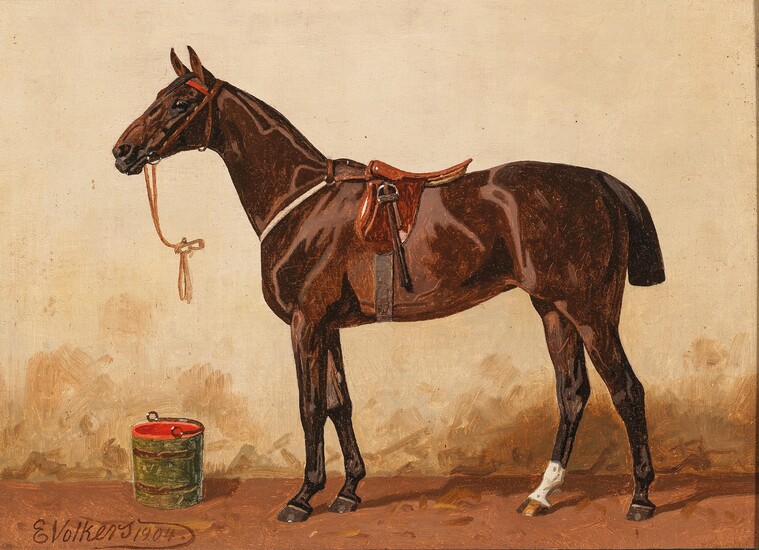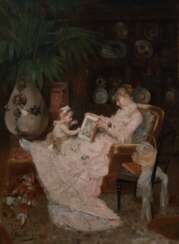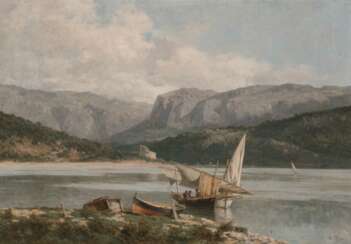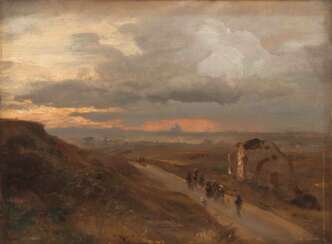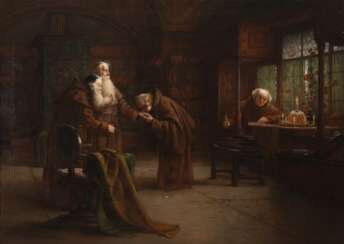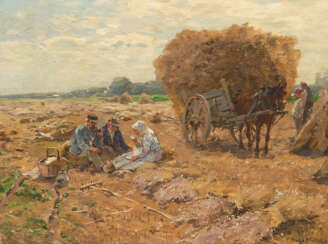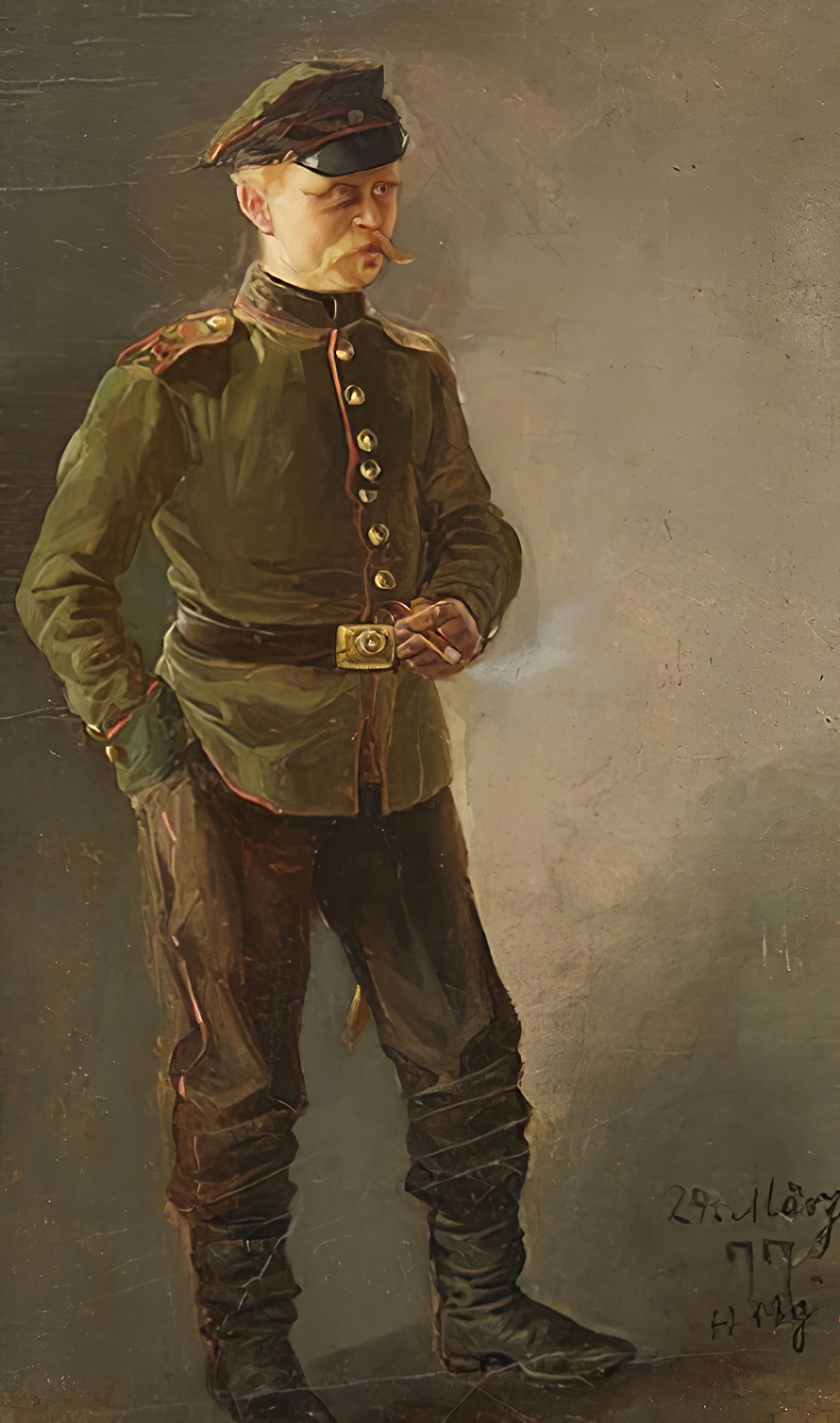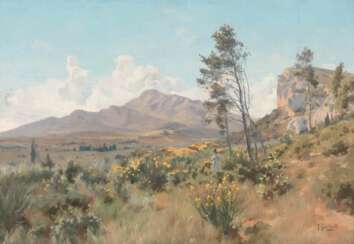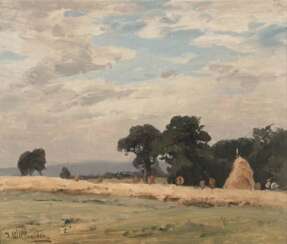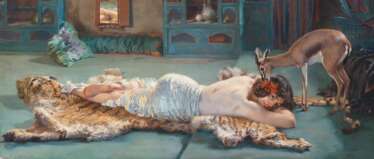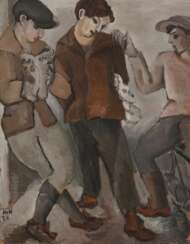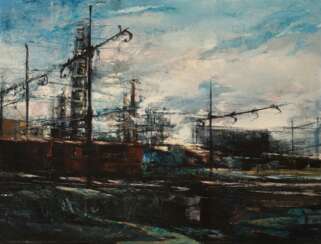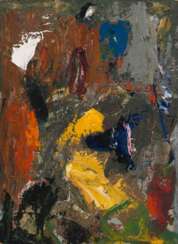
International Paintings — A168-3: Gemälde

Rembrandt Harmenszoon van Rijn, a Dutch Baroque painter and printmaker, was born on July 15, 1606, in Leiden, Netherlands, and died on October 4, 1669, in Amsterdam. He is celebrated as one of the greatest storytellers in art history, acclaimed for his adept portrayal of human emotions and dramatic narratives. Rembrandt's extensive oeuvre includes portraits, self-portraits, landscapes, genre scenes, allegorical, historical, and biblical themes, as well as animal studies. His artistry shined during the Dutch Golden Age, a period marked by cultural and scientific achievements in the Netherlands.
Rembrandt's education in art began around the age of 10 when he left the Latin School in Leiden to train as an artist. He apprenticed with artists like Jacob van Swanenburg and Pieter Lastman, mastering various aspects of painting. He opened his own studio in Leiden around 1624 or 1625, sharing it with his colleague Jan Lievens. By 1631, he had moved to Amsterdam, where he achieved significant success and trained many important Dutch painters.
Among Rembrandt's notable works are "The Anatomy Lesson of Dr. Nicolaes Tulp" (1632), "The Night Watch" (1642), and "The Syndics of the Amsterdam Drapers’ Guild" (1662). He was also renowned for his self-portraits, creating around 80 over his lifetime, more than any other artist until the 20th century. These self-portraits were not just artistic endeavors but also experiments with facial expressions and lighting effects. Additionally, Rembrandt was a master etcher, transforming etching from a reproductive technique into an art form.
Rembrandt's painting style is characterized by its dramatic use of light and shadow, known as chiaroscuro. His ability to depict materials realistically was unparalleled; his portrayal of metals and fabrics was so lifelike that they appeared to glow and be tangible. He was also known for his impasto technique, applying paint thickly to the canvas, adding a three-dimensional quality to his works.
Despite his artistic prowess, Rembrandt faced financial difficulties and personal tragedies throughout his life. He declared bankruptcy in 1656, a downfall attributed partly to his extensive collection of art objects and curiosities. His masterpieces, however, continued to garner appreciation and influence generations of artists that followed.
For collectors and experts in art and antiques, Rembrandt's works represent a pinnacle of artistic achievement in the Dutch Golden Age. His mastery in portraying the human condition and his innovative techniques in painting and etching make his works highly prized and influential in the art world.
To stay updated on new product sales and auction events related to Rembrandt van Rijn, sign up for our updates. This subscription service is dedicated exclusively to news and events concerning works related to this unparalleled master of the Dutch Golden Age.
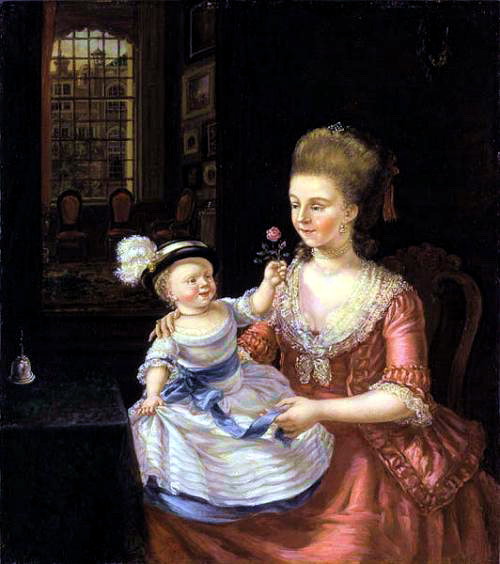
Maria Margaretha La Fargue, an artist from the northern Netherlands, is best known for her cityscapes, genre paintings, and prints. She also worked on illustrations for books.
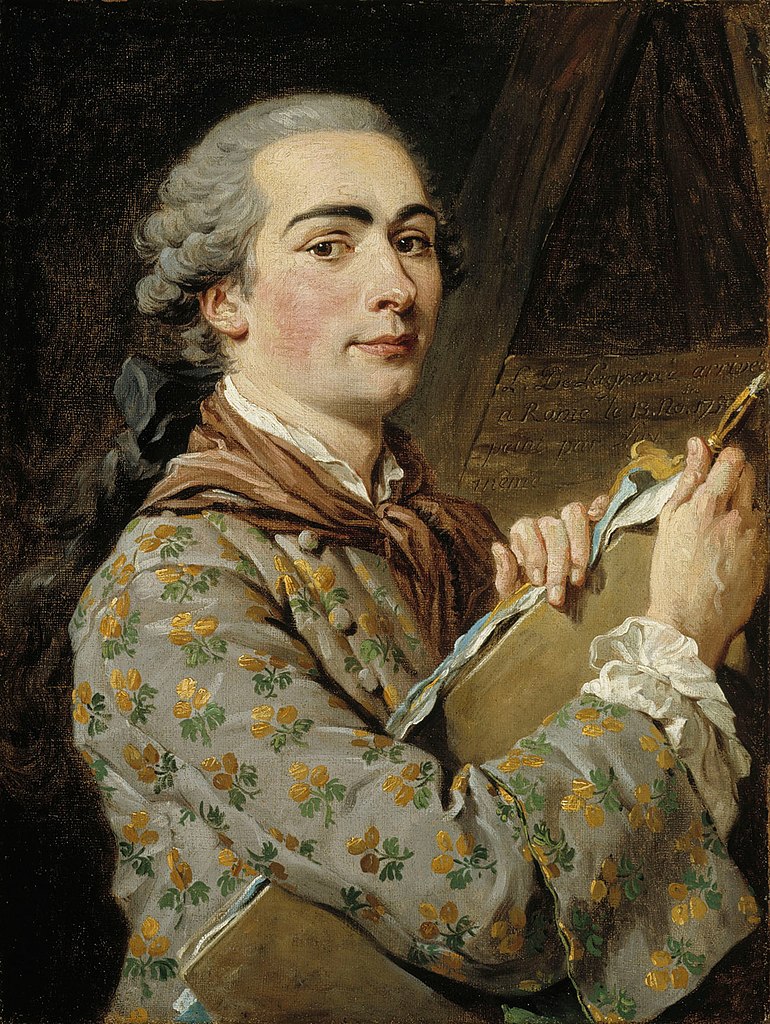
Louis Jean-François Lagrenée was a French painter and engraver, celebrated for his classical and mythological scenes that resonated with the Rococo and Neoclassical styles. Born in Paris in 1724, Lagrenée's artistic journey was significantly shaped by his time in Rome, funded by his 1749 Prix de Rome win. This period allowed him to immerse himself in the works of 17th-century Bolognese artists, notably influencing his style which later earned him the nickname 'the French Albani'.
Lagrenée's career featured prominent directorial roles at prestigious institutions such as the St Petersburg Academy and the Académie de France à Rome. His works were frequent highlights at the Paris Salon, reflecting his stature in the French art scene. Among his notable works are 'The Rape of Dejanira' and 'Mars and Venus, an Allegory of Peace', showcasing his mastery in portraying emotion and narrative through art.
His paintings are held in esteemed collections worldwide, including the Getty Center and the Musée national des châteaux de Versailles et de Trianon. Pieces like 'Pygmalion and Galatea' and 'Venus and Nymphs Bathing' demonstrate his skill in blending dramatic narratives with exquisite detail.
For those keen to explore the world of French classical painting and the works of Louis Jean-François Lagrenée, signing up for updates can enhance your appreciation and knowledge of this master's contributions to art history.
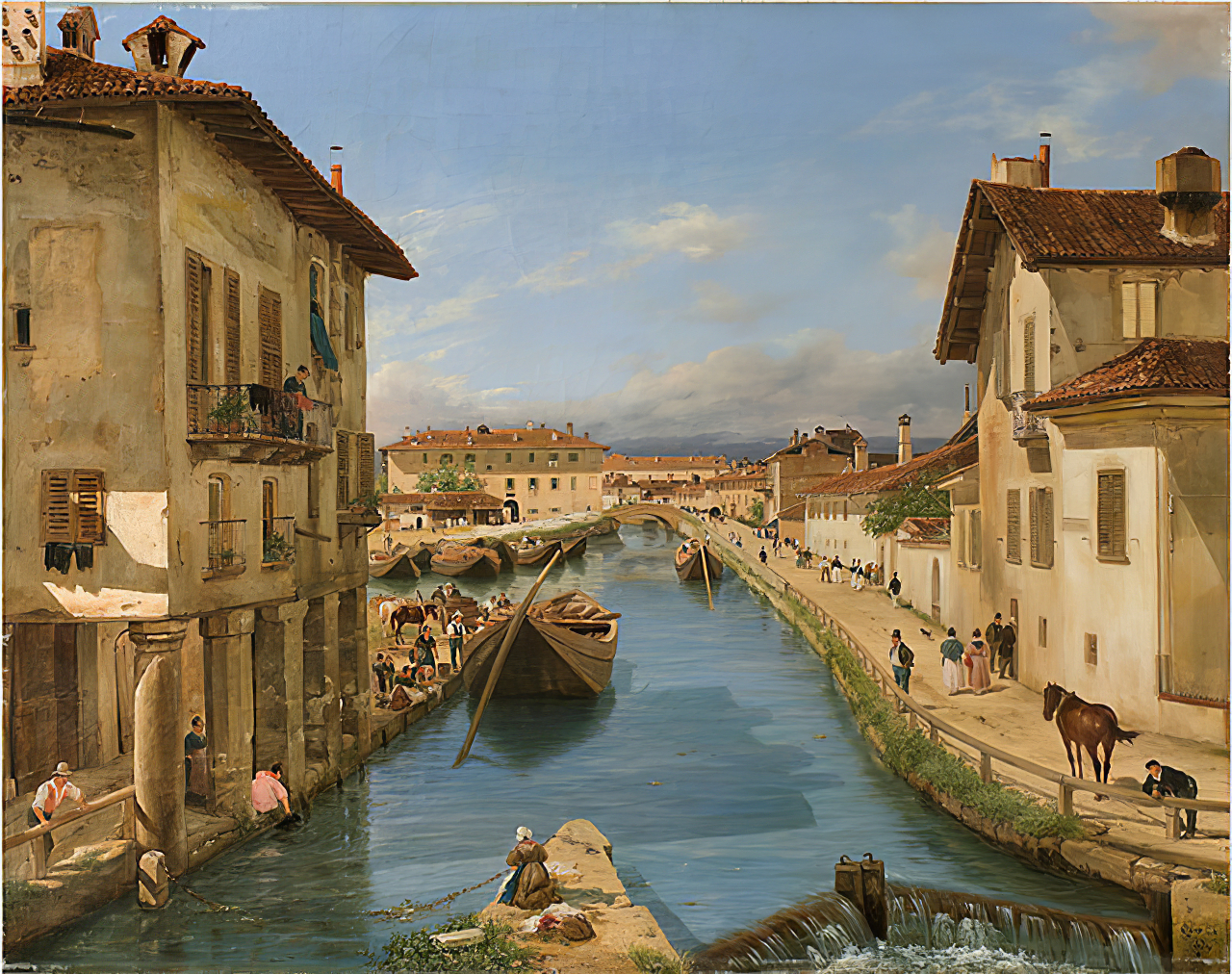
Giuseppe Canella, also referred to as Giuseppe Canella the Elder, was an Italian painter.
It may have been under the influence of Pietro Ronzoni, a landscape painter of international renown active in Verona, that he took up landscape painting.
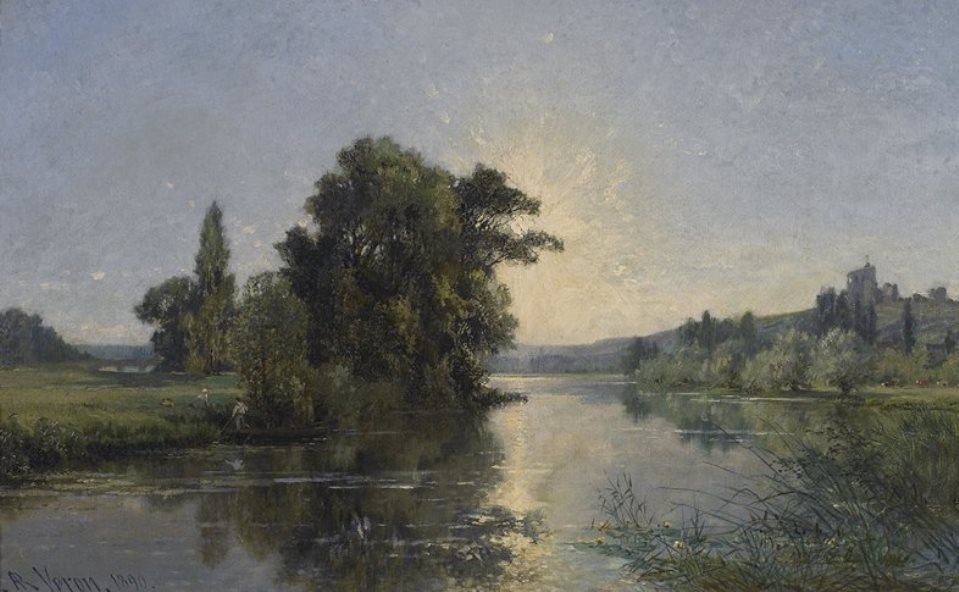
Alexandre René Véron is a French painter who devoted himself to landscape subjects. The best of his work captures the last moments of twilight, when all is quiet and peaceful. Ponds, pastoral scenes, city sketches, coastal landscapes are the favorite themes of Veron's works.
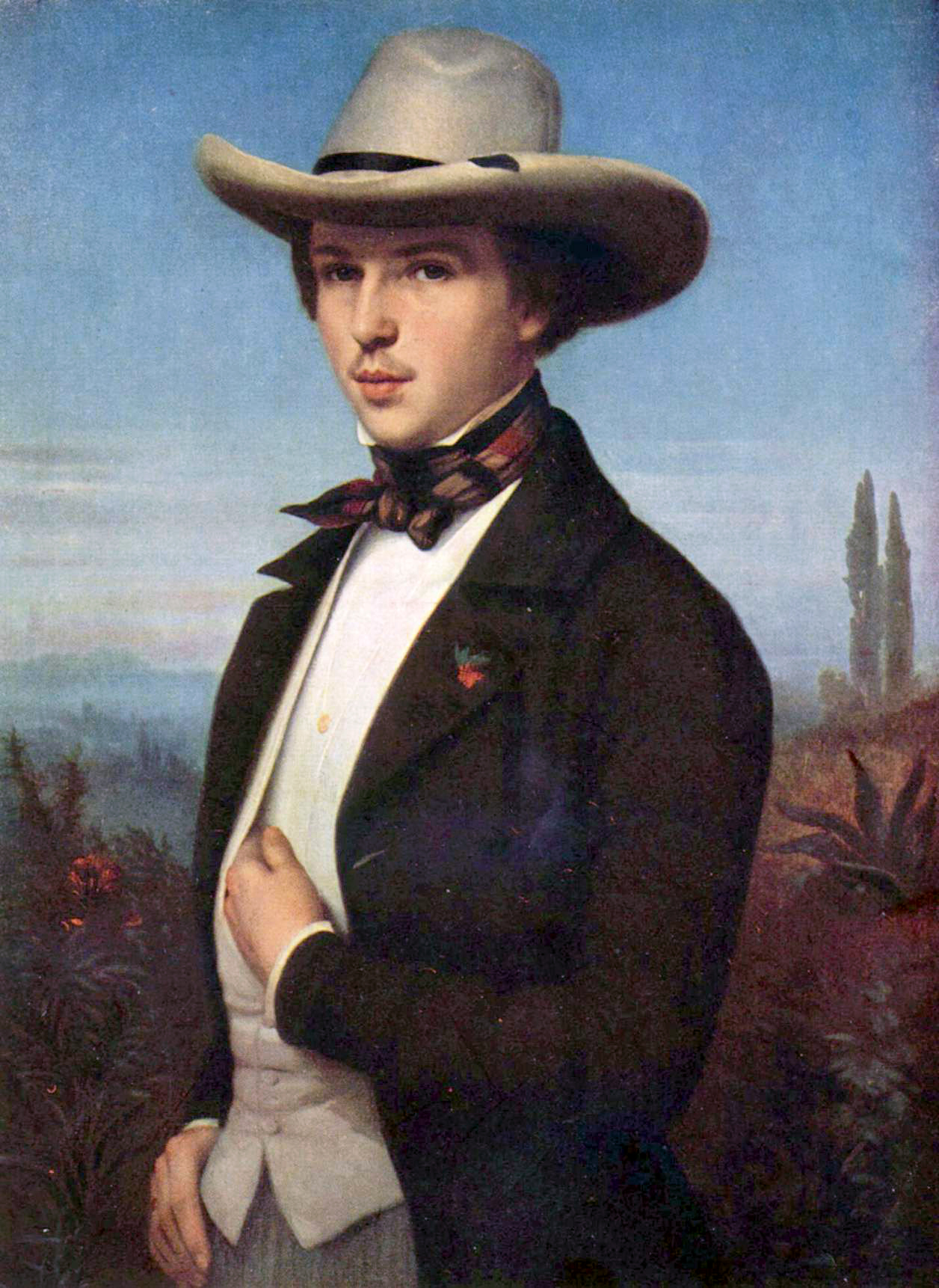
Oswald Achenbach was a German painter associated with the Düsseldorf school of painting. Though little known today, during his lifetime he was counted among the most important landscape painters of Europe. Through his teaching activities, he influenced the Kunstakademie Düsseldorf. His brother, Andreas Achenbach, who was twelve years older, was also among the most important German landscape painters of the 19th century. The two brothers were humorously called "the A and O of Landscapes" (a reference to their initials matching a common German reference to the Alpha and Omega).
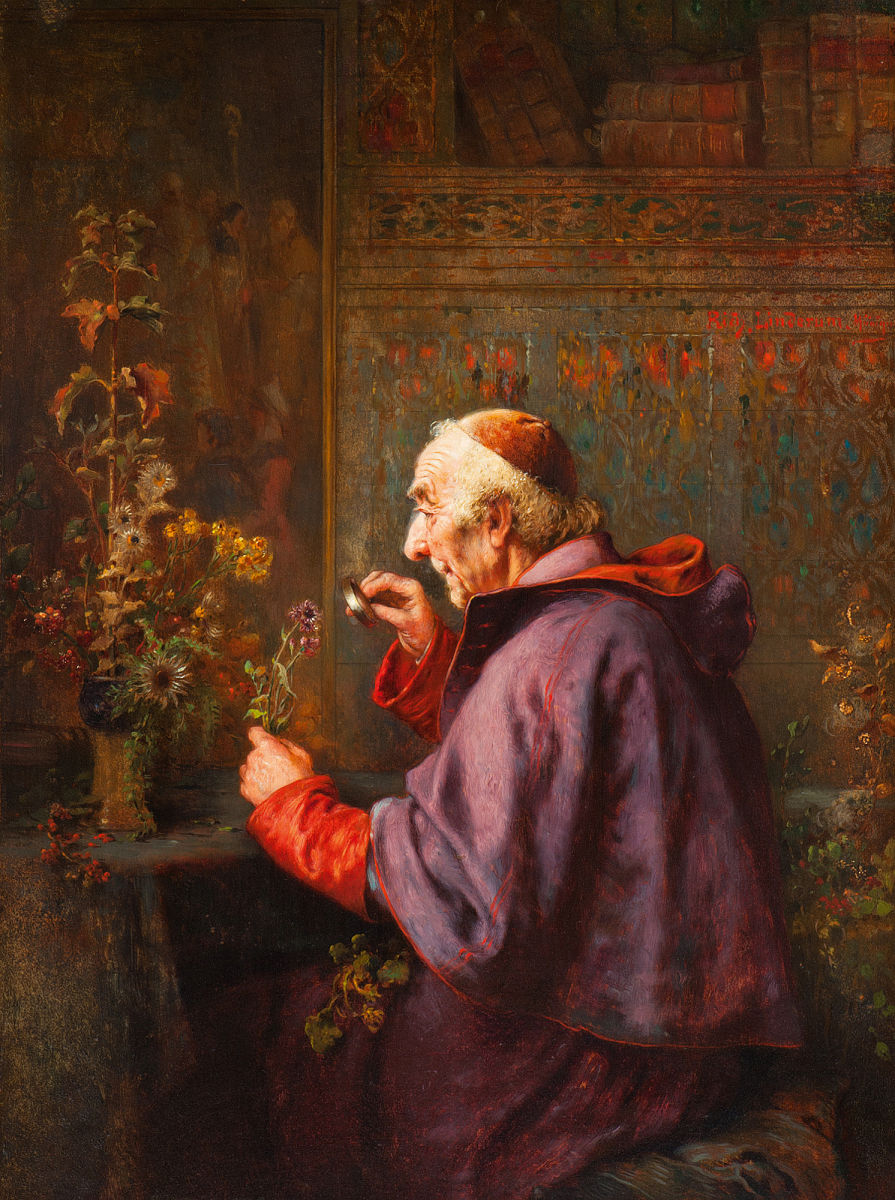
Richard Linderum was a German painter who devoted himself to depicting daily life in a monastery. Compared to his contemporaries, however, he treated this subject without humor. The themes of the diverse monastic life he describes in detail and meticulously.
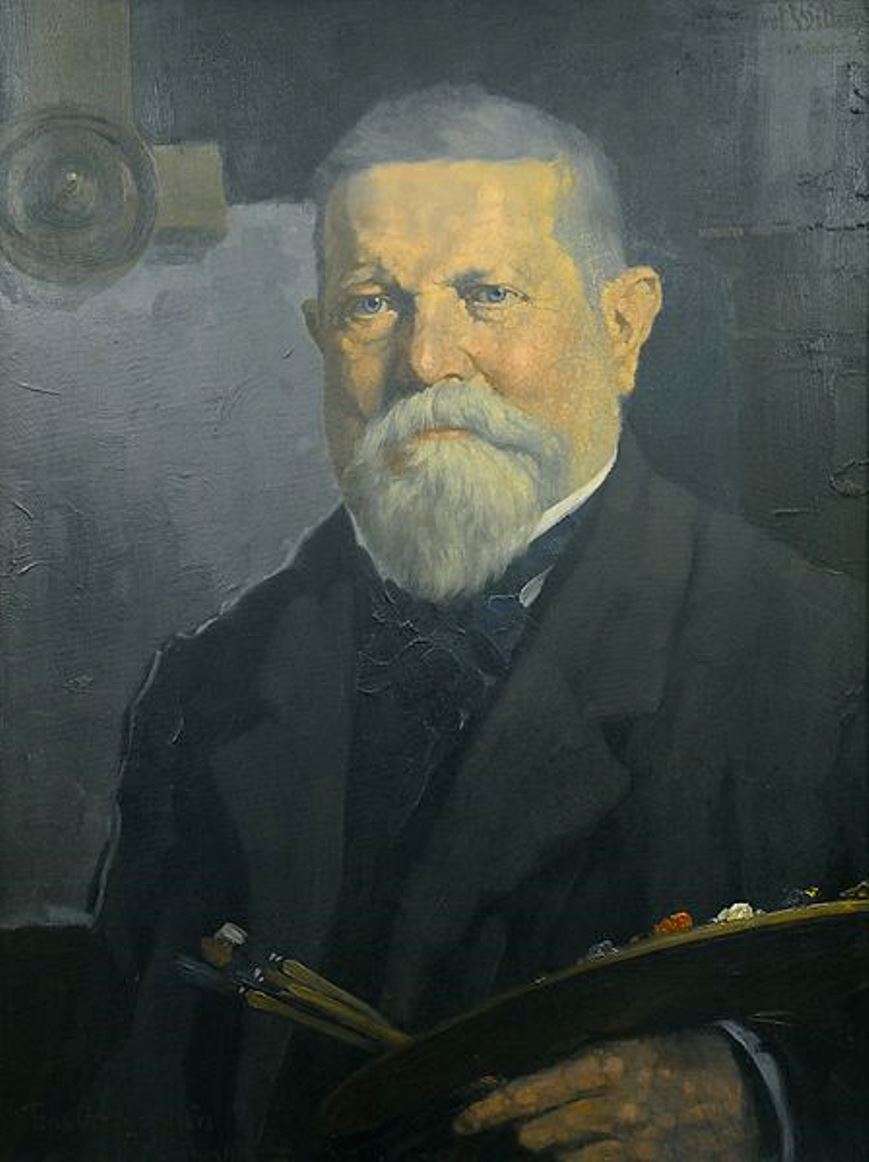
Josef Willroider was an Austrian landscape painter and printmaker, the elder brother of the painter Ludwig Willroider. He was a member of the Malkasten association of painters who distanced themselves from academic traditionalism and engaged in modern plein air painting along French lines. Villroeder has a strong place in the history of Austrian and German landscape painting.
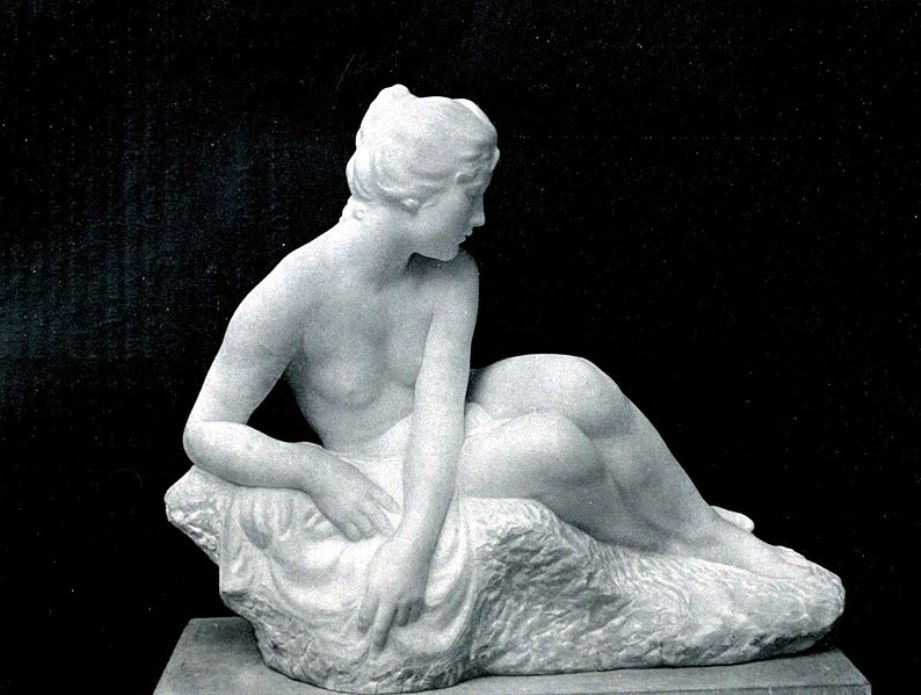
Robert Poetzelberger was an Austrian painter, sculptor, and lithographer. His son, Oswald Poetzelberger, was also a painter. Influenced by the academic styles of French Impressionism, he created many historical works, but he was also inspired by the natural world of southern Germany and Austria.
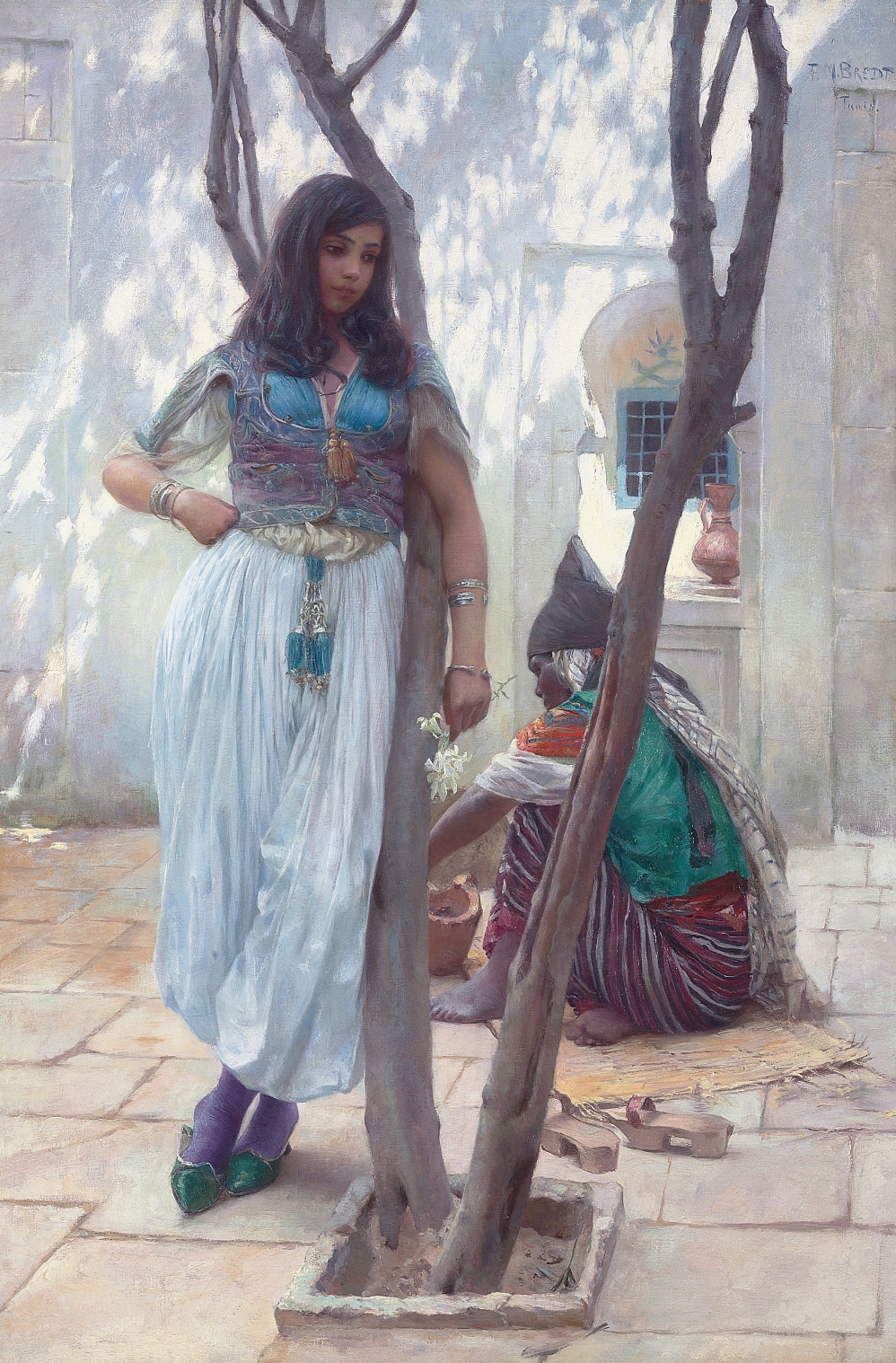
Ferdinand Max Bredt was a German orientalist painter. He traveled extensively, including Italy, Greece, Turkey, and Tunisia, and created a series of paintings of harems and odalisques as well as landscapes and academic paintings.
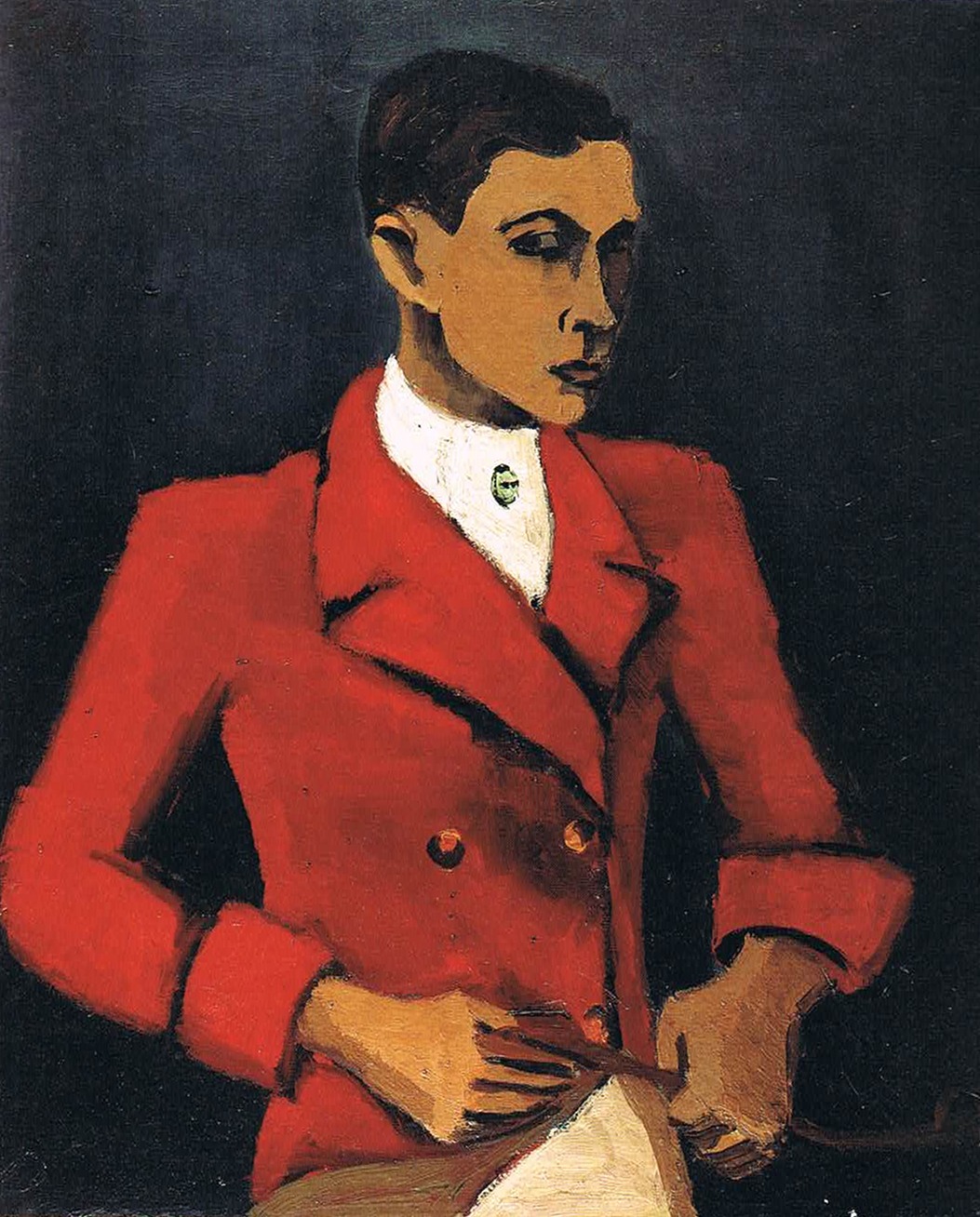
Helmut Kolle, pseudonym Helmut von Hügel, was a German artist. He was known for his modernist paintings, which often depicted urban landscapes, still-life scenes, and portraits.
Kolle's paintings are characterized by their precise, geometric forms and bold, bright colors. He often depicted urban scenes, such as factories and train stations, as well as still-life compositions that featured everyday objects. His portraits were also notable for their use of simplified forms and bright colors, which gave them a distinctly modernist feel.
Kolle's work was exhibited extensively during his lifetime, including at the Berlin Secession and the Great Berlin Art Exhibition. Despite his short career, he was recognized as an important figure in the development of modernist painting in Germany.
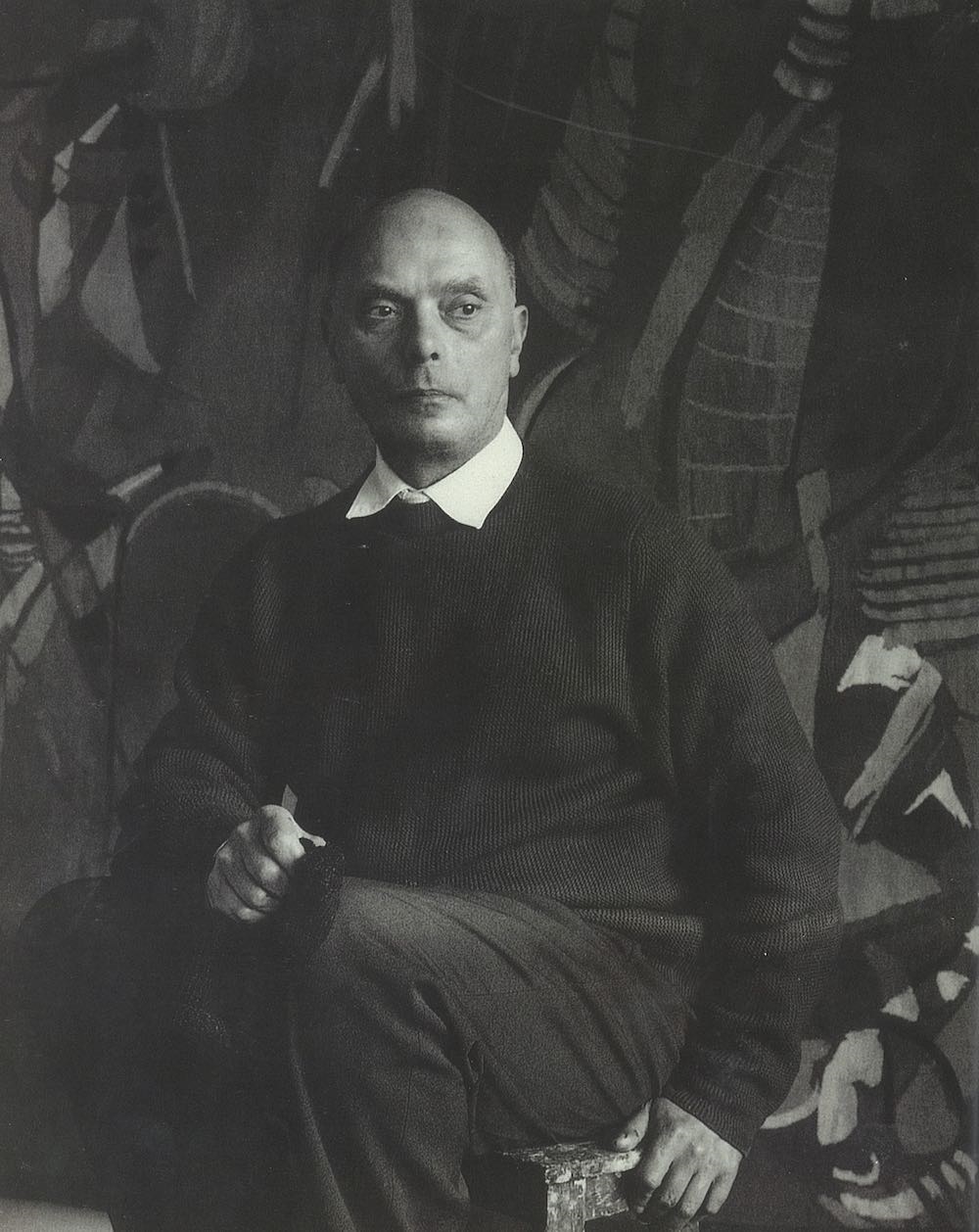
André Lanskoy was a Russian painter and printmaker who worked in France. He is associated with the School of Paris and Tachisme, an abstract painting movement that began during the 1940s.
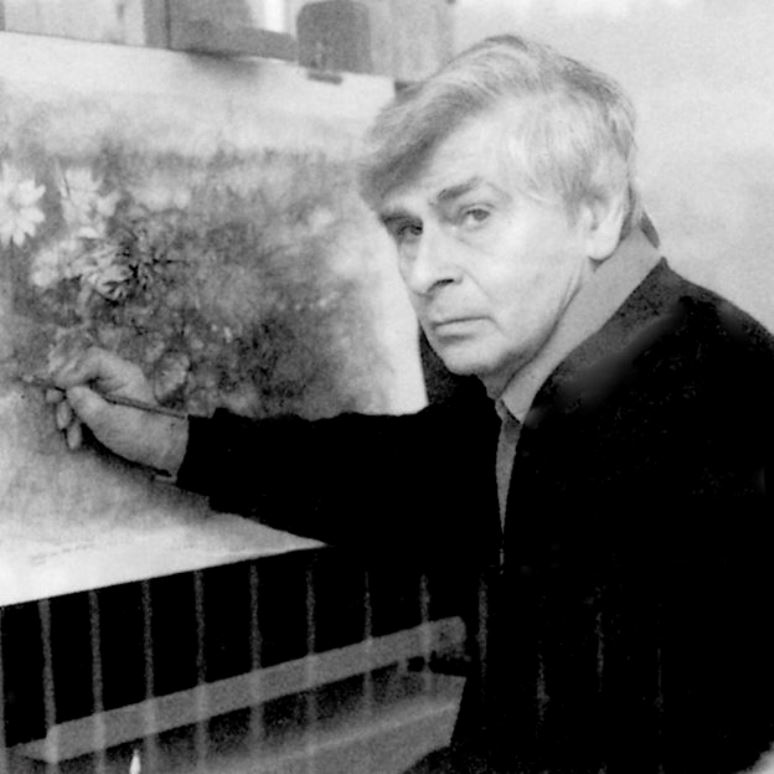
Renzo Vespignani was an Italian painter, printmaker, and illustrator, co-founder of II Pro e II Contro (Pro and Con), which sought to develop new directions in neo-realism. Vespignani's 1944 drawings realistically depicted the destruction of German-occupied Rome. He also illustrated works by Boccaccio, Kafka, and T. S. Eliot.
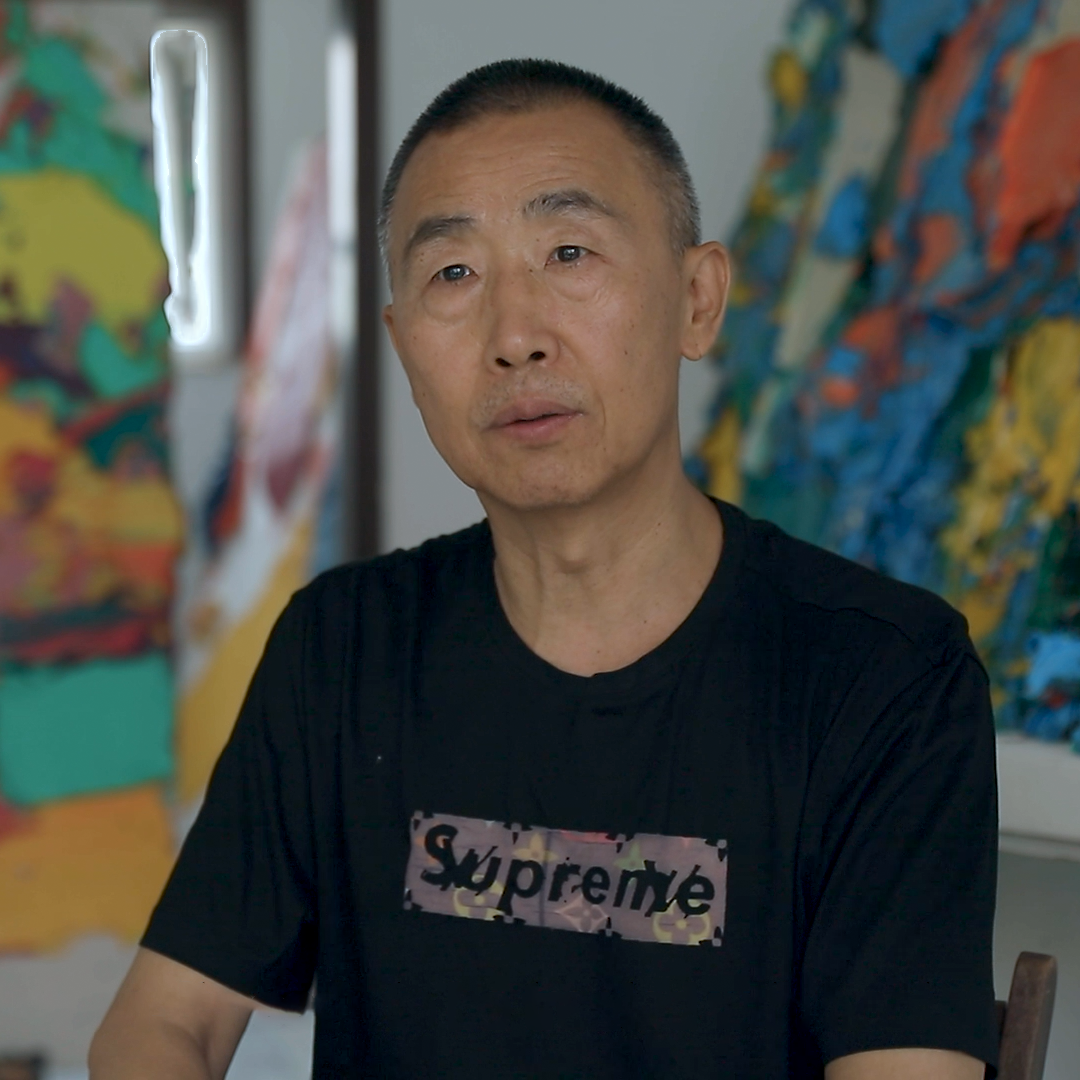
Zhu Jinshi is a Chinese artist and pioneer of Chinese abstract painting and installation. He paints colourful abstractions reminiscent of German Expressionism, with highly sculptural surfaces in thickly applied oil paint.
While in Europe, Zhu Jinshi began experimenting with performance, installation and conceptual art. The artist currently lives and works in Beijing.
